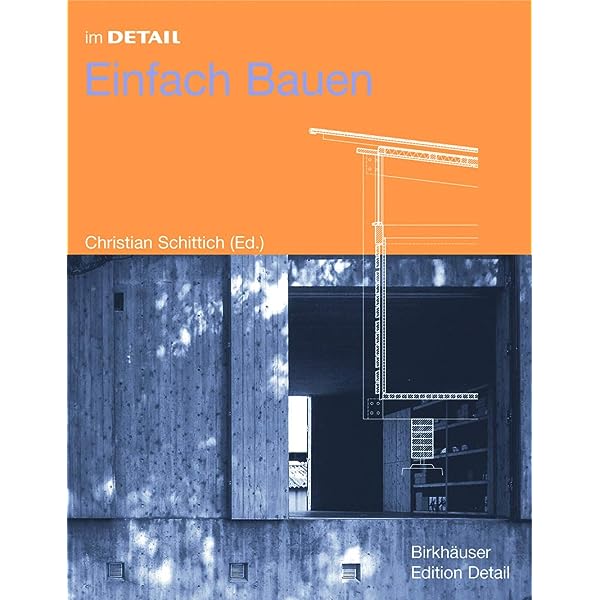
Larch Lab is an architecture and urbanism think and do tank focusing on prefabricated, decarbonized, climate-adaptive, low-energy urban buildings & ecodistricts
How to get URL link on X (Twitter) App


 The floor area for 5 extra bedrooms ends up being 5,880 s.f. - or 1,176 s.f. for each additional bedroom over the Point Access Block's 16 bedrooms.
The floor area for 5 extra bedrooms ends up being 5,880 s.f. - or 1,176 s.f. for each additional bedroom over the Point Access Block's 16 bedrooms.
 6 years ago, Larch Lab's founder wrote about why simple boxes deserve praise:
6 years ago, Larch Lab's founder wrote about why simple boxes deserve praise: 




 Alright. I can't count, apparently. There was no G!
Alright. I can't count, apparently. There was no G!



https://twitter.com/_brianpotter/status/1517173900613980166Given the photos shown, we're sort of talking about 2 different things - more suburban style or outer city development, v the dense urban infill and re-compaction that we're trying to highlight.








